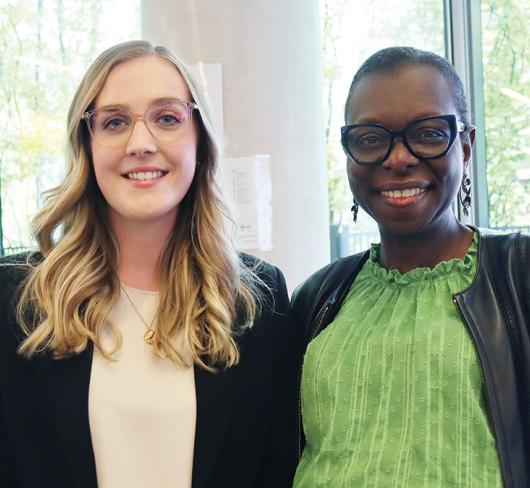Special Needs Students: Resources for the Occasional Teacher (Occasional Teachers' Column)
An unfamiliar school, unfamiliar classroom, unfamiliar routines, and unfamiliar students can contribute to a sense of uncertainty when I accept a call as a daily occasional teacher. Add to the mix the challenge of not knowing which students have special needs or are on an IEP and how to best teach them, and my confidence may begin to waver. So where do I begin when I step into a new classroom?
An individual education plan (IEP) is a written plan of action for a student who needs accommodations, modifications, or an alternative program. It contains a wide range of information such as a summary of the student’s strengths and needs, accommodations, and program, plus information on resources, teaching strategies, and personnel.
As an occasional teacher, I am part of the team working with all students in the classroom and should know which students are on an IEP. Often the teacher I am replacing leaves a list of which students I need to learn more about. Sometimes their accommodations, modifications, and/or alternative programs are explained. Sometimes they are not and I need to do a bit of research on my own. I always spend a few minutes before school checking this information. What if there is no note or I don’t understand what I read? There are many other helpful resources available at the school.
An excellent starting place is the office. I take a moment to touch base and ask the administration if there is anything I need to be aware of in the class. Each school also has a special education resource teacher who is part of the team working with special needs students. Ask for information that might be useful about the class or a specific student. The special education resource teacher can also share knowledge about specific teaching strategies. Support staff may also be working with the identified students in the classroom, and they know which routines are effective. A neighbouring teacher can also be helpful. Last but not least: don’t forget to speak to the students themselves! Depending on the their ages and needs, I find students with special needs can often teach me how I might best teach them.
Most importantly, I try to stay current in my understanding of students with special education needs. I read, research online, ask questions, carry a few good books in my OT bag for reference, and observe what works best.
Resources
The ETFO Special Education Handbook describes strategies and teaching techniques by area of student need. Available from shopETFO, shopefto@etfo.org. The ETFO Occasional Teacher website: http://etfo-ot.net/
Weber, K. & Bennett, S. (2008). Special Education in Ontario Schools, 6th edition. Markham, ON: International Press Publications, ipppbooks.com.
The Ontario Curriculum Unit Planner: Special Education Companion is divided by exceptionality. Available at ocup.org/resources/documents/companions/speced2002.pdf.
“Teachers’ Gateway to Special Education,” Ontario Teachers’ Federation website, otffeo.on.ca/english/pro_specialed. php
